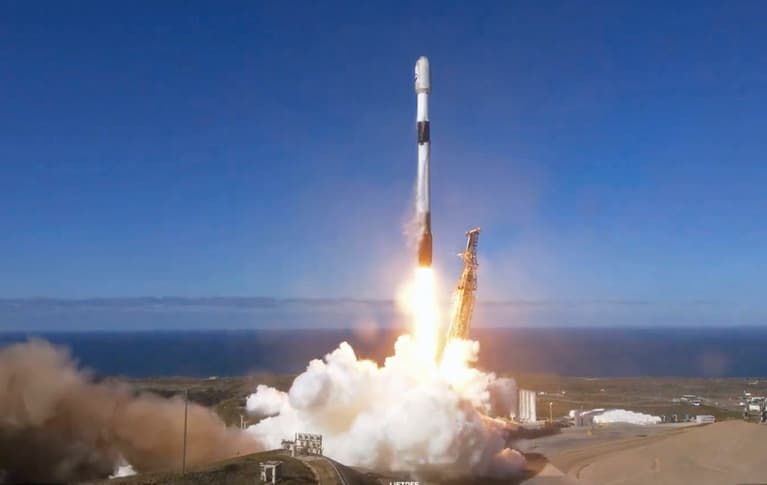Two Koreas Wage Their Own Version of Star Wars
Highly unambiguous multisyllabic verbal spats are launched in a galaxy not so far, far away.

North and South Korea are waging their own special version of Star Wars as the first military spy satellites launched by either of the two Koreas orbit the earth while supposedly sending back images showing what the other side is doing.
Please check your email.
A verification code has been sent to
Didn't get a code? Click to resend.
To continue reading, please select:
Enter your email to read for FREE
Get 1 FREE article
Join the Sun for a PENNY A DAY
$0.01/day for 60 days
Cancel anytime
100% ad free experience
Unlimited article and commenting access
Full annual dues ($120) billed after 60 days

